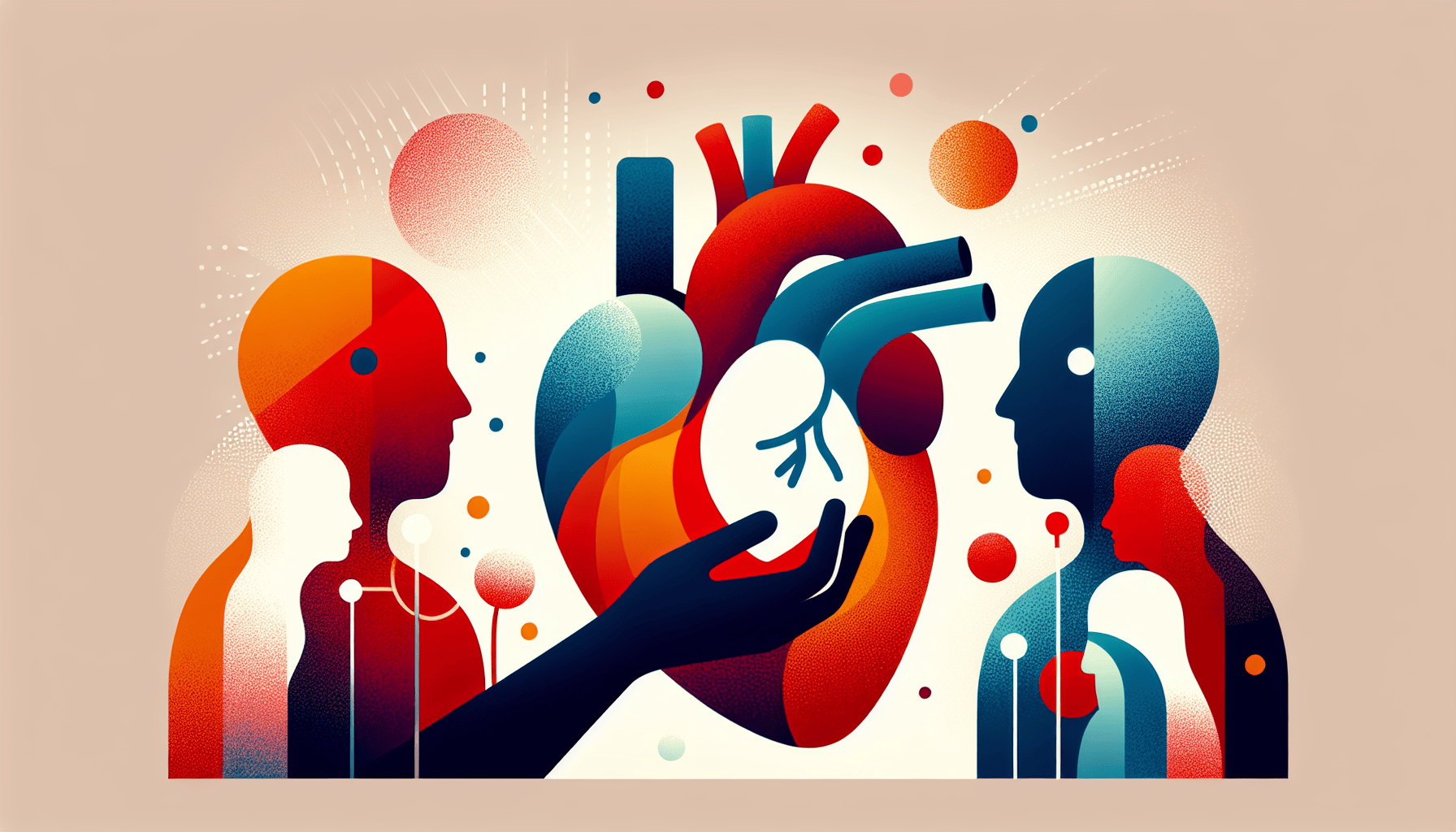Does Mounjaro Affect Fertility?
Understanding Mounjaro and Its UsesMounjaro is a prescription medication commonly prescribed for managing type 2 diabetes. It belongs to a class of drugs that help regulate [...]
Read More
Medically reviewed by Jerome Albert Ecker | MD, Assistant Professor of Medicine, Duke University - Durham, NC on June 26th, 2023.
The heart is an incredible organ that keeps you alive by pumping oxygen-rich blood throughout your body. In this article, we'll explain how the heart works in simple terms, making it easy for anyone to understand.
The heart is a muscular organ about the size of your fist. It is located in the center of your chest, slightly to the left. The heart's main job is to pump blood to all parts of your body through a network of blood vessels called the circulatory system.
The heart has four chambers:
Right atrium
Right ventricle
Left atrium
Left ventricle
The right side of the heart receives blood from the body's organs and muscles and pumps it to the lungs to be oxygenated. The left side then receives the oxygenated blood from the lungs and pumps it to the rest of the body.

Blood flows through the heart in a specific pattern:
Oxygen-poor blood enters the right atrium from the body via the superior and inferior vena cava.
The blood then flows into the right ventricle through the tricuspid valve.
The right ventricle pumps the blood to the lungs through the pulmonary valve and pulmonary artery.
In the lungs, the blood picks up oxygen and releases carbon dioxide.
Oxygen-rich blood returns to the left atrium via the pulmonary veins.
The blood then flows into the left ventricle through the mitral valve.
The left ventricle pumps the oxygen-rich blood to the body through the aortic valve and aorta.
The heart beats due to electrical impulses that originate in the sinoatrial (SA) node, also known as the heart's natural pacemaker. The electrical signal spreads through the atria, causing them to contract. It then reaches the atrioventricular (AV) node, which slows the signal before it enters the ventricles. Finally, the signal travels through the His-Purkinje network, causing the ventricles to contract.
A healthy adult heart beats between 50 and 99 times per minute at rest. Factors like exercise, emotions, and medical conditions can cause the heart to beat faster.
The heart muscle receives its own blood supply through the coronary arteries. The right coronary artery supplies the right side of the heart, while the left main coronary artery branches into the circumflex artery and the left anterior descending artery to supply the left side.
By understanding how your heart works, you can better appreciate the importance of maintaining a healthy lifestyle to keep your heart functioning properly. If you have concerns about your heart health, always consult with your healthcare provider.
For more information on heart health, visit:
Your heart functions as a dual-pump system that relies on precise electrical timing and adequate coronary blood flow to circulate oxygen and nutrients throughout your body. Understanding these mechanics helps you recognize when something feels abnormal, like irregular rhythms or chest discomfort. If you're experiencing concerning cardiovascular symptoms or want to better understand your heart health, Doctronic can provide quick, reliable answers.
Understanding Mounjaro and Its UsesMounjaro is a prescription medication commonly prescribed for managing type 2 diabetes. It belongs to a class of drugs that help regulate [...]
Read MoreUnderstanding Hydrocortisone Uses and DosagesHydrocortisone is a versatile medication primarily used to reduce inflammation and suppress the immune system in various [...]
Read MoreUnderstanding Zepbound and MounjaroWhen managing type 2 diabetes, patients often face a variety of medication options. Zepbound and Mounjaro are two such options gaining [...]
Read More